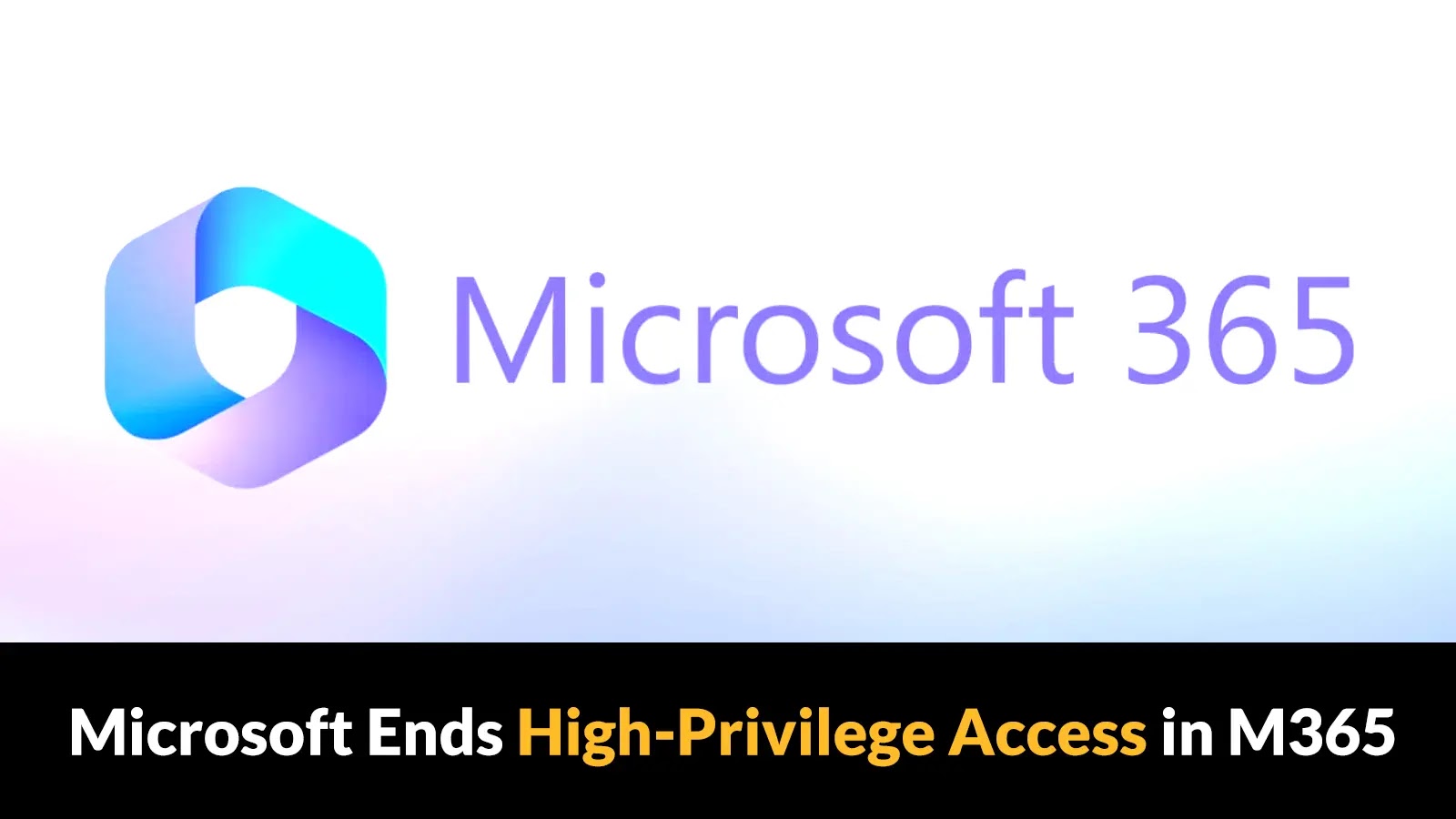
Microsoft Eliminated High-Privilege Access to Enhance Microsoft 365 Security
In the relentless pursuit of robust digital defenses, organizations face an escalating tide of sophisticated cyber threats. For enterprises operating within the Microsoft 365 ecosystem, the security of critical data and operations hinges on the integrity of access controls. A recent, groundbreaking announcement from Microsoft signals a pivotal shift in this landscape: the systematic elimination of high-privilege access vulnerabilities across the Microsoft 365 platform.
The Secure Future Initiative: A Paradigm Shift in Cloud Security
Microsoft’s commitment to fortifying its cloud offerings is underscored by its comprehensive Secure Future Initiative (SFI). This ambitious program aims to redefine enterprise security architecture, moving beyond reactive measures to proactive threat mitigation. The elimination of over 1,000 high-privilege application scenarios within Microsoft 365 is a testament to the SFI’s effectiveness and Microsoft’s unwavering dedication to its customers’ security posture.
Naresh Kannan, Microsoft’s Deputy Chief Information Security Officer for Experiences and Devices, revealed this significant milestone. This achievement directly addresses a critical attack vector often exploited by threat actors: the compromise of accounts with excessive permissions. By reducing the attack surface associated with highly privileged access, Microsoft significantly enhances the baseline security for millions of users worldwide.
Understanding High-Privilege Access Vulnerabilities
High-privilege access refers to accounts or applications endowed with extensive permissions, often extending to administrative control over systems, data, or configurations. While necessary for certain operational functions, these elevated privileges present an attractive target for adversaries. A successful compromise of such an account can lead to:
- Data Exfiltration: Unauthorized access to sensitive company data, customer information, or intellectual property.
- System Sabotage: The ability to disrupt operations, alter critical configurations, or deploy ransomware.
- Lateral Movement: Using a compromised high-privilege account as a springboard to access other systems within the network.
- Persistent Access: Establishing backdoors or creating new privileged accounts to maintain access even after initial detection.
Historically, vulnerabilities have existed where applications, or the underlying framework supporting them, could be exploited to grant unauthorized elevated privileges. Microsoft’s initiative specifically targets and mitigates these potential weaknesses, thereby enhancing the overall resilience of the Microsoft 365 environment against such exploits.
Impact on Microsoft 365 Security Posture
The practical implications of this initiative for organizations leveraging Microsoft 365 are profound:
- Reduced Attack Surface: Fewer entry points for privilege escalation attacks, making it harder for attackers to gain administrative control.
- Enhanced Data Protection: A more secure environment for sensitive data residing within Microsoft 365 services like SharePoint, Exchange, and OneDrive.
- Improved Compliance: Strengthening the ability to meet regulatory requirements related to access control and data security.
- Greater User Trust: Reinforcing confidence in the security of the cloud platform where critical business operations are conducted.
This proactive measure aligns with the principle of “least privilege,” a foundational cybersecurity best practice that dictates users and applications should only be granted the minimum permissions necessary to perform their legitimate functions. While organizations are responsible for implementing least privilege within their own tenants, Microsoft’s move ensures the underlying platform is inherently more secure from the outset.
Recommendations for Microsoft 365 Administrators and Security Teams
While Microsoft has bolstered its platform, organizations still play a crucial role in maintaining a strong security posture. Consider these actions:
- Implement Least Privilege: Regularly review and restrict user and application permissions within your Microsoft 365 tenant. Utilize built-in roles and custom roles to provide only necessary access.
- Multi-Factor Authentication (MFA): Enforce MFA for all user accounts, especially administrative accounts, to mitigate the risk of credential compromise.
- Conditional Access Policies: Leverage Microsoft Entra ID (formerly Azure AD) Conditional Access to define granular access controls based on factors like device compliance, location, and user risk.
- Regular Auditing and Monitoring: Continuously monitor audit logs for unusual activity, privilege changes, or suspicious access attempts within your Microsoft 365 environment.
- Security Awareness Training: Educate users on phishing, social engineering, and the importance of strong passwords to prevent initial compromise.
- Utilize Microsoft 365 Security Features: Fully embrace and configure features like Microsoft Defender for Office 365, Microsoft Purview, and Microsoft Intune for comprehensive protection and data governance.
Conclusion
Microsoft’s successful elimination of over 1,000 high-privilege access vulnerabilities within Microsoft 365 represents a significant stride in cloud security. This achievement, a core component of the Secure Future Initiative, substantially reduces the attack surface for organizations and reinforces the integrity of the platform. While this provides a more secure foundation, it underscores the shared responsibility model in cloud security. Organizations must continue to implement robust security practices within their own tenants to fully capitalize on these enhancements and maintain a resilient defense against an evolving threat landscape.





